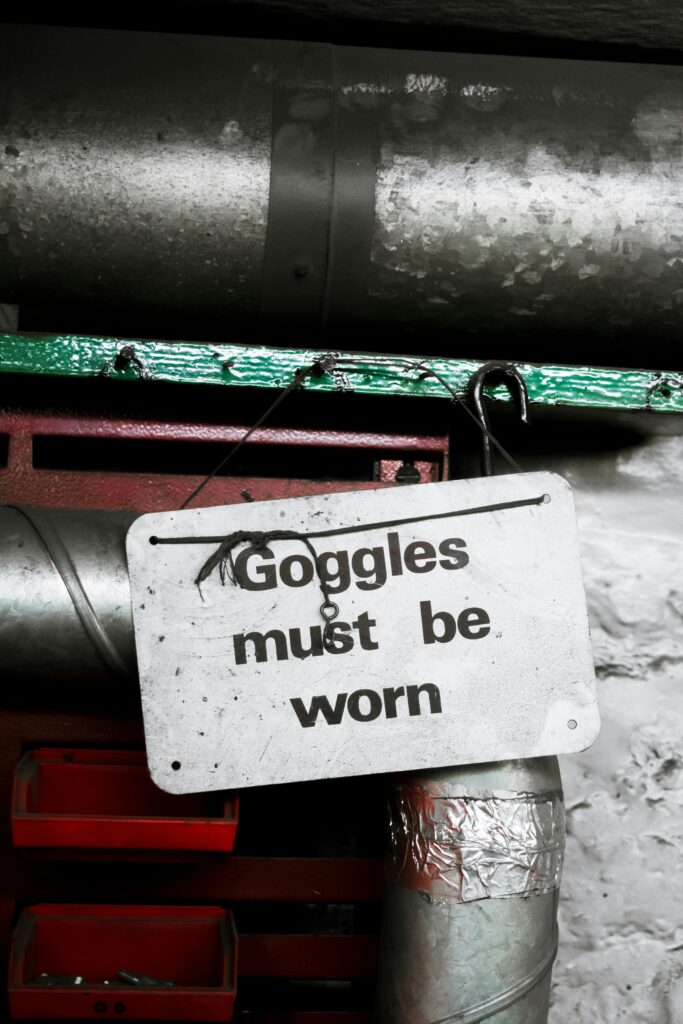Ensuring Safety and Security: Best Practices for Building Managers

Safety and security are fundamental priorities for building managers, as they play a key role in protecting the well-being of residents, tenants, and visitors, while also safeguarding the property itself. Effective building management requires a proactive approach to minimising risks and responding efficiently to emergencies. Here are some best practices that building managers can implement to ensure safety and security across their properties.
1. Conduct Regular Safety Inspections
Routine inspections are essential to identifying and addressing potential hazards before they become serious problems. Building managers should conduct regular checks of all common areas, exits, electrical systems, fire safety equipment, and mechanical systems to ensure they are functioning properly. Documenting these inspections not only keeps the building in compliance with regulations but also provides a valuable record in case of incidents.
2. Implement Access Control Systems
One of the most effective ways to maintain building security is through a robust access control system. This may include keycard entry, fob systems, or biometric scanners that limit access to authorised personnel. These systems provide a higher level of control over who enters the building and can log entries for future reference, enhancing both security and accountability.
3. Ensure Fire Safety Compliance
Fire safety should be a top priority for any building manager. This involves installing and maintaining fire detection and suppression systems such as alarms, extinguishers, and sprinkler systems. Regular fire drills should be conducted to ensure residents and staff are familiar with evacuation routes and procedures. Additionally, emergency lighting and clear signage should be in place to guide people safely out of the building in the event of a fire.
4. Surveillance and Monitoring
Surveillance cameras and monitoring systems act as both a deterrent to potential security threats and a way to document incidents when they occur. Strategically placed cameras in key areas such as entrances, exits, and parking lots can help prevent unauthorised access and vandalism. In larger buildings, having a monitoring service or security personnel who can review camera footage in real time is also beneficial.
5. Emergency Preparedness
A building should have a comprehensive emergency preparedness plan that covers a wide range of potential crises, from fires and floods to power outages and medical emergencies. This plan should be regularly reviewed and updated, and all staff should be trained on their roles during an emergency. In addition to fire drills, emergency evacuation plans should be posted in visible locations throughout the building.
6. Work Closely with Local Authorities
Building managers can enhance safety and security by fostering strong relationships with local authorities, including the police, fire department, and health and safety inspectors. These partnerships can provide guidance on regulatory compliance, assist with emergency planning, and offer rapid response in the event of a crisis.
7. Secure Maintenance Practices
Ensuring that maintenance staff and contractors follow secure protocols when working in the building is critical. All contractors should be vetted, and building managers should establish clear guidelines on who is permitted access to which areas. Maintenance logs should be kept up to date to track repairs, upgrades, and any issues that may impact safety.
8. Promote Resident Awareness
Building safety is a community effort, and educating residents about best safety practices is crucial. Regular communication about security protocols, fire safety, and emergency procedures can help residents stay informed. Building managers can send updates via email, apps, or physical noticeboards and should encourage residents to report any suspicious activity or safety concerns immediately.
9. Use Technology to Enhance Security
Technology can significantly improve a building’s safety and security. Modern systems such as smart locks, automated lighting, and remote monitoring tools can be integrated into building management practices. Additionally, property management software can be used to streamline communication, allowing building managers to quickly alert residents of any safety issues.
10. Perform Regular Risk Assessments
Regular risk assessments help identify vulnerabilities in the building’s safety and security protocols. These assessments should take into account the building’s layout, occupancy, and any changes in regulations. By continually reviewing and updating safety measures, building managers can stay ahead of potential threats and ensure a safer environment for all.
Conclusion
Ensuring the safety and security of a building is an ongoing responsibility that requires careful planning, regular inspections, and collaboration with residents and local authorities. By implementing these best practices, building managers can mitigate risks, respond effectively to emergencies, and create a safe and secure environment for everyone who lives and works in their buildings.




